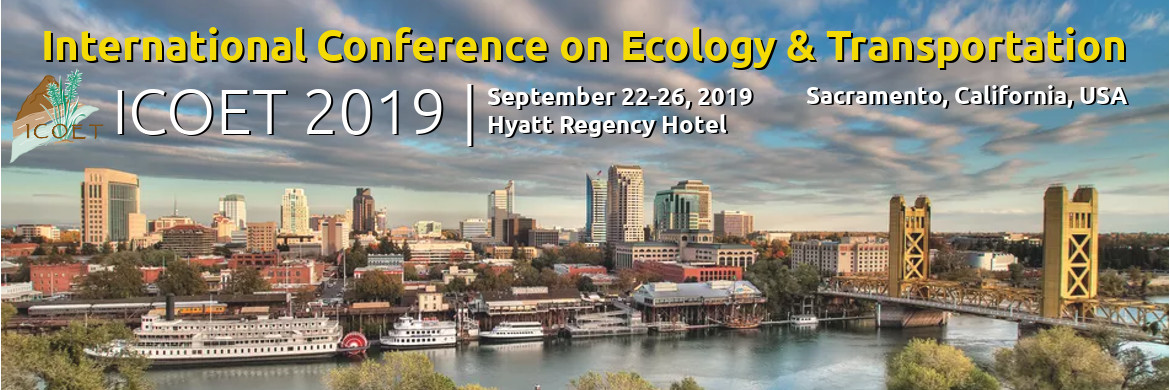Frequently planners require data regarding the extent and quality of aquatic habitat upstream of road crossings suspected of being barriers to upstream fish migration. Smaller, unnamed streams often lack fisheries habitat data needed to support prioritization of fish passage design and barrier remediation. We will discuss a limited selection of methods that can be used to document the extent and quality of aquatic habitat available. Researching historical records and reviewing available GIS databases can reveal the extent of fisheries habitat without having to commit resources to field visits. When available data is absent or deficient, direct field observations can be the only option to learn more about the stream. On the ground surveys such as wet-dry mapping and collecting basic channel geomorphology can quickly quantify the extent of aquatic habitat available. If time and resources allow, full characterization of the wetted habitat can be completed. Examples given have been used to support planning decisions to advance barrier remediation at sites along local and state highways throughout the central and northern California coast.
Aquatic Species/Ecosystem and Wetland Interactions with Transportation
road highway salmon steelhead fish barrier habitat planning
